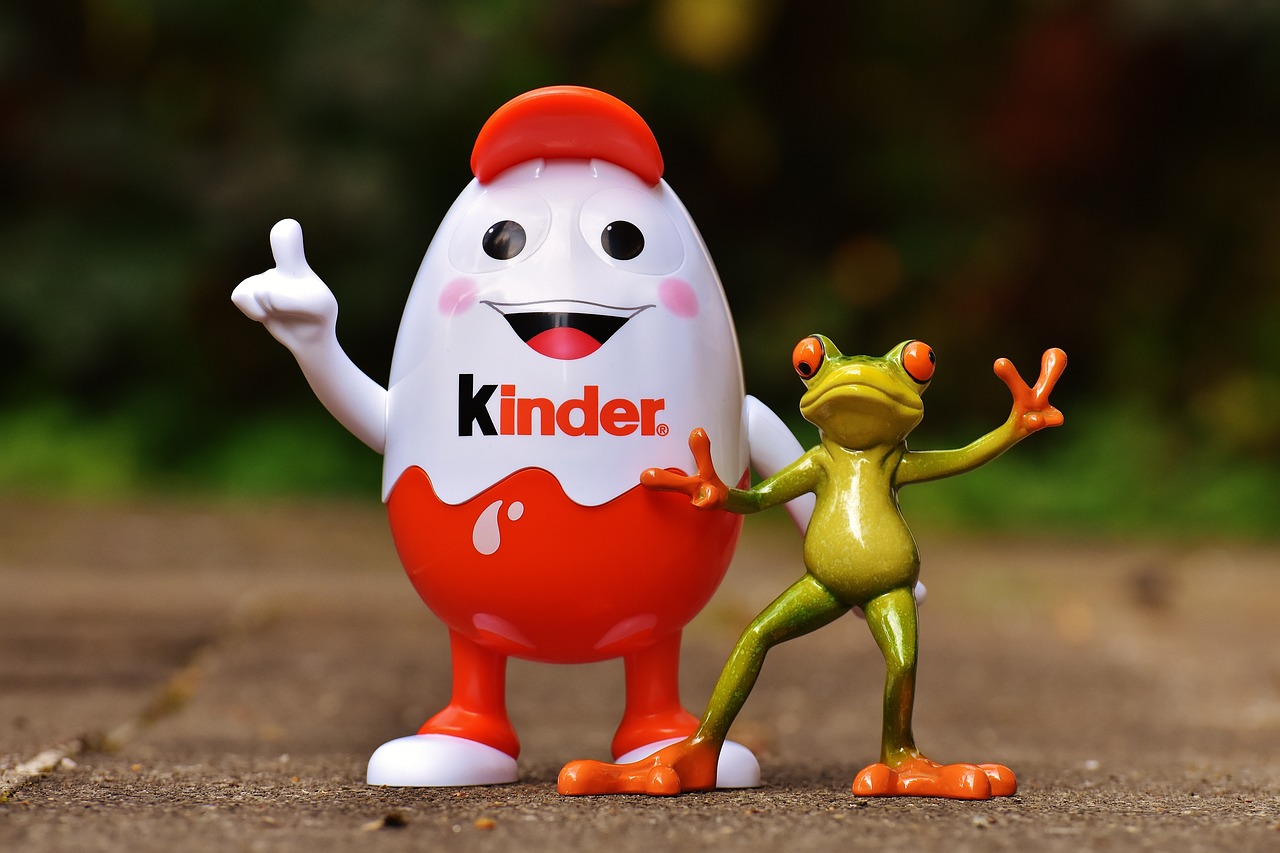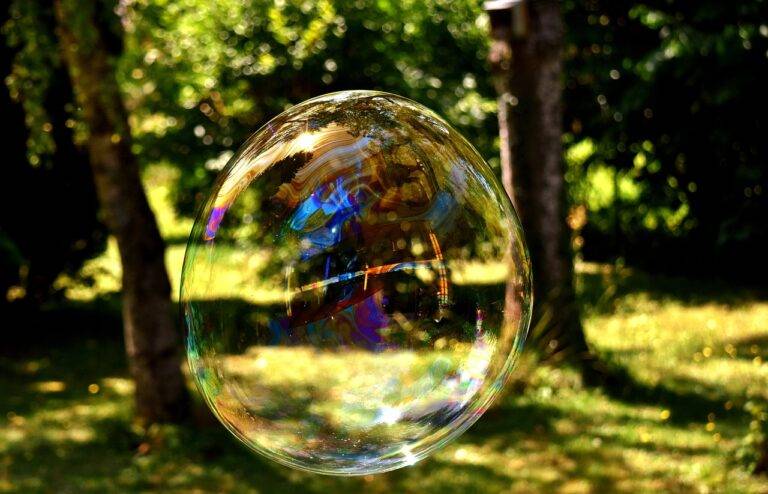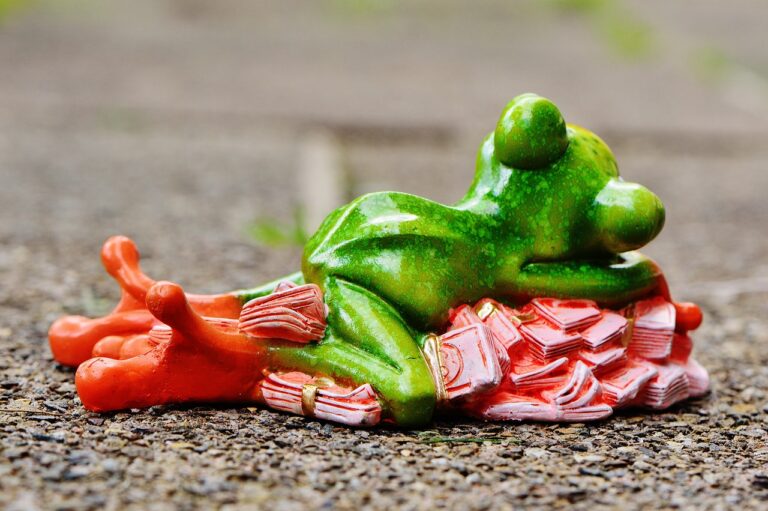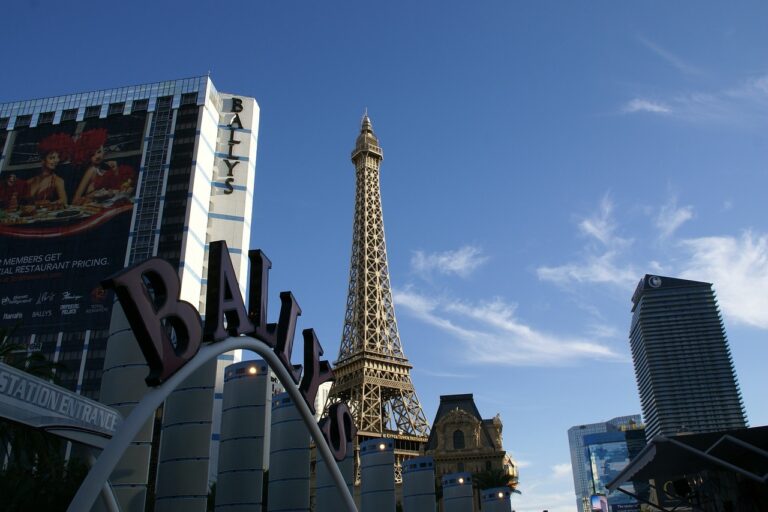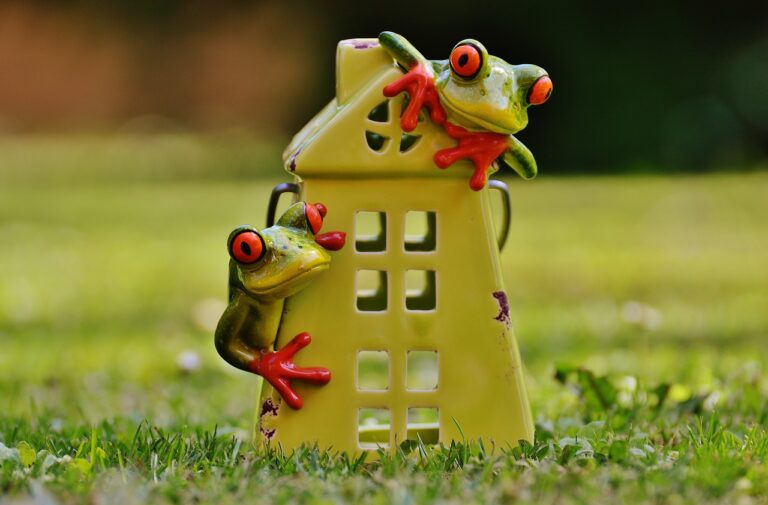The Art of Set Design: Creating Memorable Stage Backdrops for Performances: Laser247. com cricket, Lotus365 vip login, Sky247
laser247. com cricket, lotus365 vip login, sky247: The art of set design is a crucial aspect of any live performance, whether it’s a theater production, a concert, or a dance recital. The stage backdrop sets the tone for the entire show, providing the audience with a visual context that enhances the performers’ talents. Creating a memorable stage backdrop requires attention to detail, creative vision, and a strong understanding of how design elements can enhance the overall experience for both performers and audience members.
Designing a stage backdrop begins with a clear understanding of the performance’s theme, mood, and overall aesthetic. It’s essential to work closely with the production team, including directors, choreographers, and lighting designers, to create a cohesive visual experience that complements the performances on stage. Whether the production calls for a realistic set that transports the audience to a different time and place or a more abstract design that enhances the themes of the performance, the set designer plays a crucial role in bringing the production to life.
When creating a stage backdrop, it’s important to consider the practical elements of the design, such as the size and layout of the stage, the needs of the performers, and the technical requirements for lighting and sound. The backdrop should not only be visually striking but also functional, allowing for smooth transitions between scenes and easy access for performers and crew members.
One of the key principles of set design is creating depth and dimension on stage. By incorporating elements such as platforms, levels, and scenic drops, set designers can create a sense of space and perspective that adds visual interest and enhances the overall aesthetic of the performance. It’s essential to consider how different design elements will interact with lighting and sound cues to create a cohesive and dynamic stage environment.
In addition to creating depth and dimension, set designers must also consider the use of color, texture, and pattern in their designs. These elements can evoke emotion, convey meaning, and create a sense of atmosphere that enhances the audience’s experience. By carefully selecting colors and materials that complement the performers’ costumes and the overall aesthetic of the production, set designers can create a visually stunning backdrop that brings the performance to life.
Ultimately, the art of set design is about creating a visual environment that enhances the performances on stage and engages the audience in a meaningful way. By carefully considering the production’s theme, mood, and aesthetic, set designers can create memorable stage backdrops that transport the audience to new worlds and evoke powerful emotions.
FAQs:
Q: How long does it take to design a stage backdrop?
A: The time it takes to design a stage backdrop can vary depending on the complexity of the production and the creative vision of the design team. Some productions may require months of planning and preparation, while others can be designed more quickly.
Q: What materials are used to create stage backdrops?
A: Stage backdrops can be made from a variety of materials, including fabric, wood, metal, and plastic. The choice of materials depends on the design requirements of the production and the technical needs of the performance.
Q: How does lighting affect the design of a stage backdrop?
A: Lighting plays a crucial role in highlighting and enhancing the design of a stage backdrop. By working closely with lighting designers, set designers can create a dynamic and visually stunning stage environment that enhances the performances on stage.

